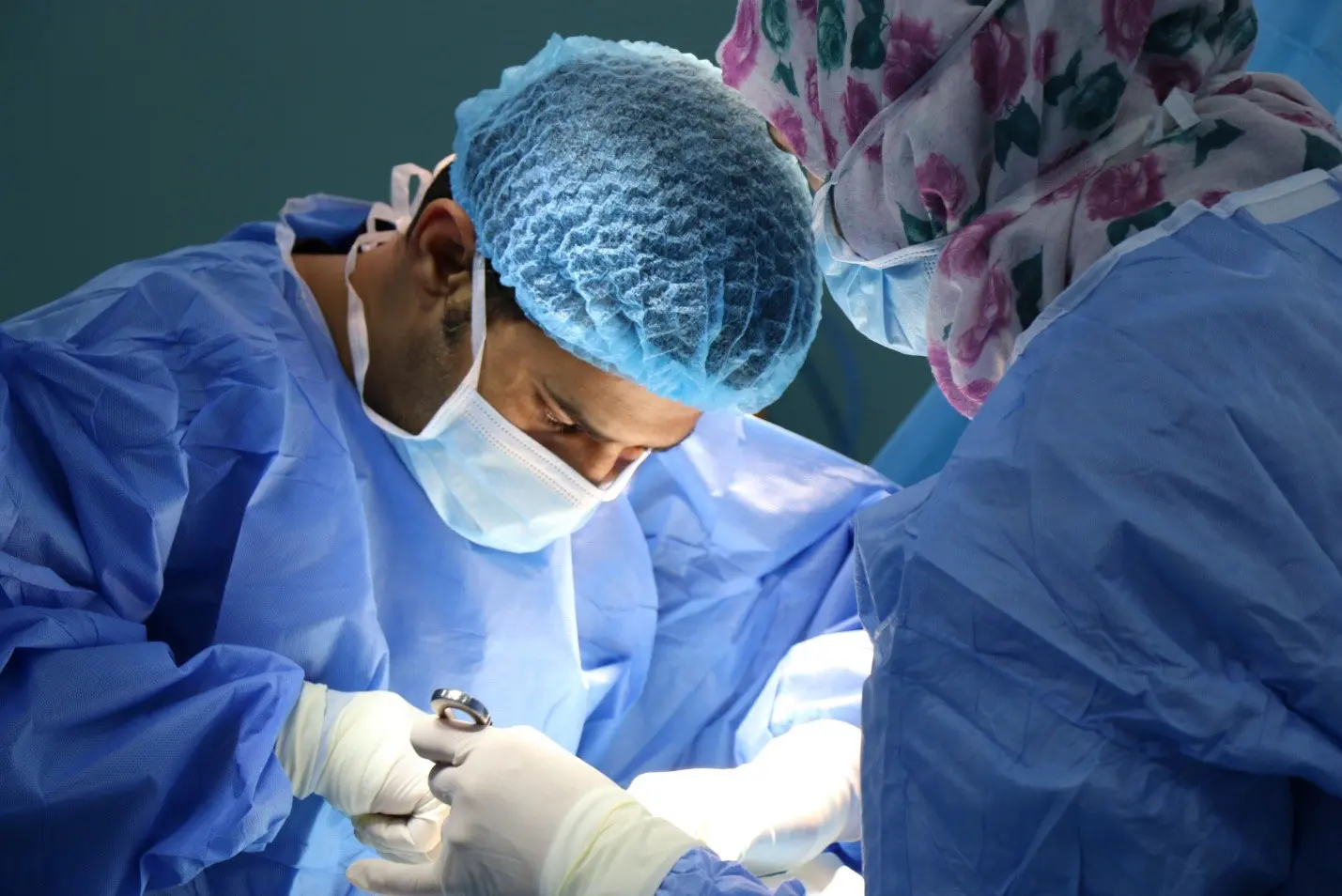Electrocautery and Curettage

Electrocautery and curettage are two types of electrosurgeries. These are medical procedures commonly used to treat superficial cancers. These are the cancers that grow on the outermost skin layer, such as small basal cell carcinoma, early squamous cell carcinoma, and any new skin cancers that haven’t grown deep into the skin. However, sometimes, they may be used for other purposes as well.
Electrocautery involves the use of heat from an electric current to destroy tumors, lesions, and other abnormal tissues on the skin. An electrode is placed near the affected area. A current passes through the electrode, which heats the tip enough to burn or destroy the tissue.
On the other hand, the process of curettage involves scraping the skin with a spoon-shaped instrument, known as a curette, to remove any affected skin tissues. It is usually considered to be a dermatological procedure.
What is Curettage and Cautery?
Curettage is often performed as part of a two-step procedure. This is because the affected area needs to be heated in order to assure that it doesn’t catch an infection or any other issues.
More commonly, curettage is followed by cautery, which is basically a procedure that involves applying heat to the area that was scraped using a curette. The surface of the wound is cauterized with a hot wire beaded tip or an electrosurgical unit. In addition to stopping bleeding and preventing infection, the heat from this procedure also works in killing any remaining cancer cells.
Afterward, a dressing will be applied to the wound to speed up the healing process. Your healthcare provider will also give you instructions about how to care for the wound.
What Is Electrosurgery And Curettage?
Another common procedure that follows curettage is electrosurgery. After scrapping the tumor, an electric probe is placed near the wound to control the bleeding. This process is known as electrosurgery. Similar to cautery, electrosurgery also destroys any remaining cancer cells on or under the skin.
What is Electrocautery Used For?
There are various reasons your oncologist or dermatologist may recommend you to get an electrocautery treatment.
- Tumor Removal: As discussed earlier, electrocautery is most commonly used to remove superficial tumors, which is the abnormal growth of tissues above or just under the surface of the skin. However, modern technology has made it possible for electrocautery to be used to treat more sensitive areas, such as the brain.
- Surgery: Electrocautery is also used by surgeons to cut through soft tissues during surgery. This enables them to get access to hard-to-reach sites by sealing off blood vessels and preventing bleeding.
- Wart Removal: Another common use of electrocautery is wart removal. This is arguably the safest and most straightforward way form of electrocautery and usually requires only one visit.
- Nasal Treatment: If you are prone to frequent nosebleeds, you likely have an exposed vessel in your nose. This can also be treated with electrocautery.
Does Electrocautery Cause Scarring?
Unfortunately, a major side effect of electrocautery is that it leaves behind a scar in most cases. Although the process in itself doesn’t cause scarring, it is almost always used alongside a procedure that could scar the tissues. You may also notice redness, swelling, and mild pain in the treated area.
The recovery period for electrocautery is between 2 to 4 weeks, and any side effects you notice should recede after this period. In case the pain or redness continues, it is crucial to inform your healthcare provider.
How Long Does It Take For Curettage To Heal?
The recovery period after curettage depends on the extent of the surgery. In most cases, this takes 3 to 6 weeks. However, in more complicated surgeries, it may take longer. Discuss this with your healthcare provider to be aware of what to expect. They will also provide you with guidance about how to care for your wound and prevent it from exuberating.
If you feel that electrocautery and curettage can help treat any concerns that you may have but need a second opinion, visit Suncoast Skin Solutions for a consultation today.
